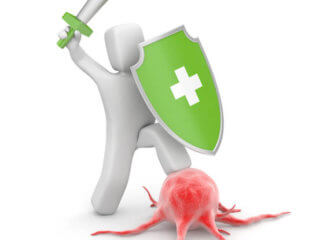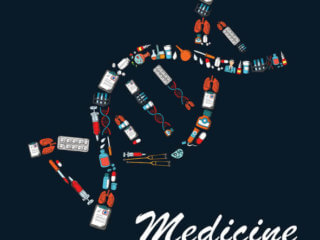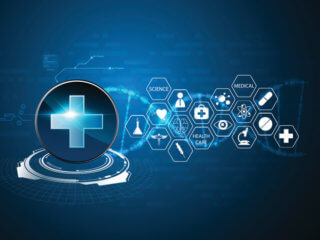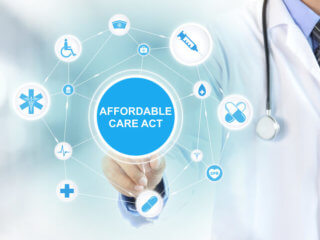The initial pilot study for identification of subjects of preventive medicine highlighted several distinct issues which overlap between different levels of preventive medicine (Figure 1). Here, the major issues identified by the pilot study are further evaluated and clarified regarding their association with the preventive medicine approaches.
Figure 1. Levels of preventive medicine

The figure illustrates five levels of preventive medicine, defined based on a progression of the disease.
Note: Please refer to the definition of “Preventive Medicine” anywhere the phrase ‘Preventive Medicine” is used.
Figure 2. Preventive map 2
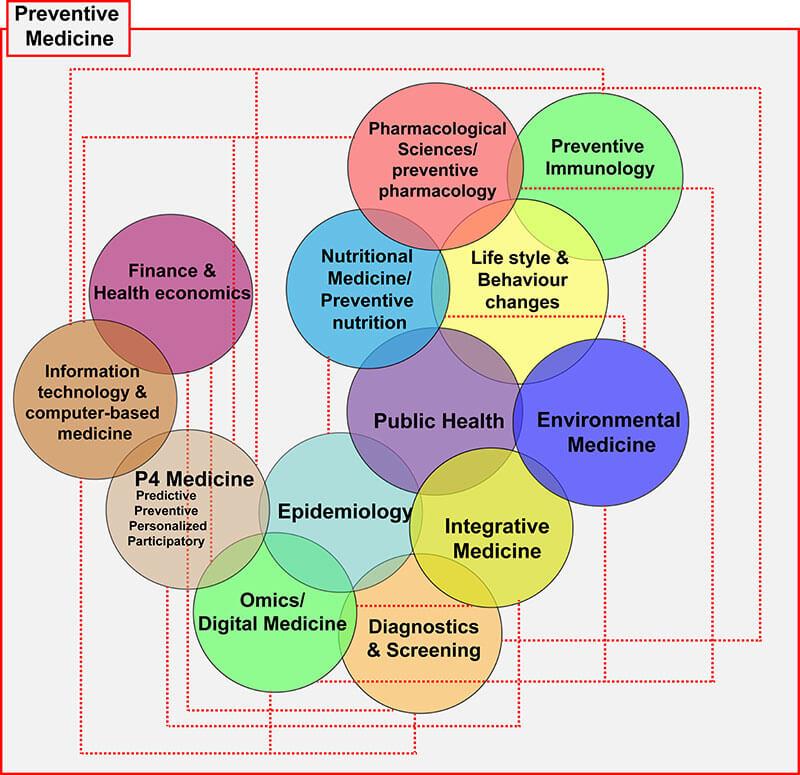
Figure 3. Preventive map 3 + Technology
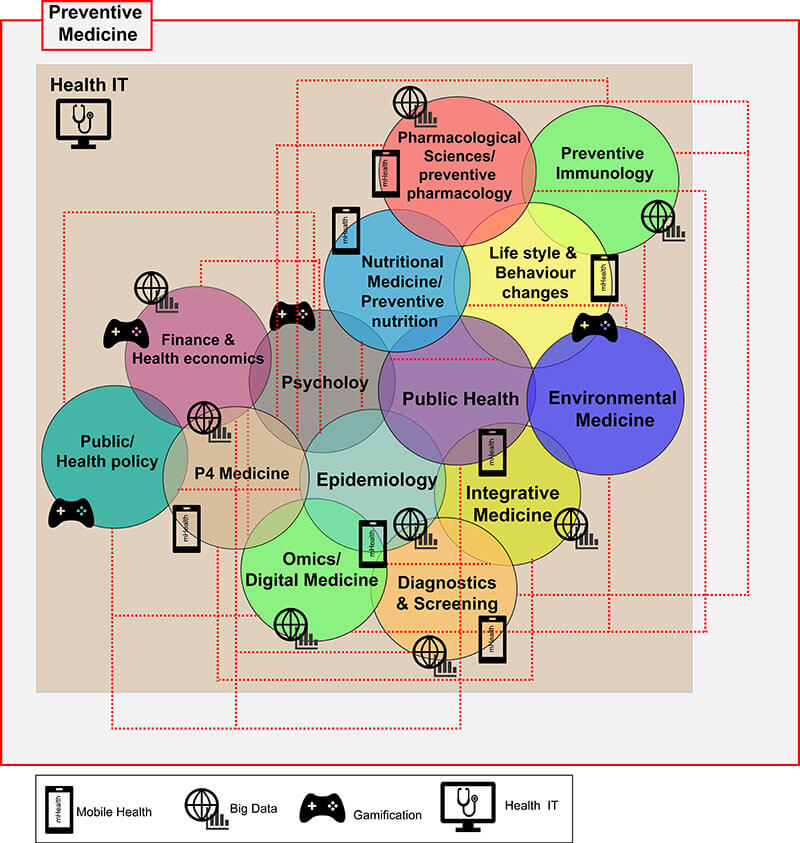
| Recommended for you | |
| Preventive medicine in the omics era | |
| 5 Levels of preventive of health care | |
| Early detection and prevention of diseases: Preventive health care |
1. Epidemiology
The role of epidemiology in preventive medicine mainly comes under the primordial prevention which involves identification of causations, risk factors, and at-risk groups, determinants of health, quantification of mortality and morbidity caused by a particular disease condition[1]. Epidemiological studies contribute to the primordial prevention of penetration of risk factors into a population. Therefore, epidemiology is considered as a ‘tool of prevention’ [2]. Epidemiological studies quantitatively report the at-risk subpopulations, whether preventive interventions are feasible, occurrences of diseases based on geographical locations and determinants of health (social, religious, environmental, etc.medicine). Moreover, epidemiology can be used in the development of public health policies and prevention programs in specific populations or communities [3]. The data collected and analyses done by epidemiological studies can prevent future outbreaks [4,5].
2. Public health
Public health and PreMedicine (PhPm) is a developing field of medicine which is involved in the development of methods to quantify/identify health needs and improvement of the well-being of certain populations[6]. The PhPm strategies include three main categories of preventive medicine a) health promotion, b) disease prevention and c) health protection [7]. Due to the high interconnection between public health and preventive medicine strategies, they are now practiced as integrative medicine approaches [8]. Perhaps, ‘integrative medicine’ can be another developing theme of preventive medicine that connects public health to preventive medicine.
3. P4 Medicine
P4 medicine is described as predictive, preventive, personalized and participatory aspects of health care. Combined with the latest advancements of big data and omics as well as integrative medicine introduced in section 2, the P4 medicine approaches become the most advanced and sophisticated form of preventive medicine [9]. They basically integrate systems biology/medicine, digital advances in medicine (big data and omics) and consumer driven health care networks. What they refer to as ‘digital revolution’ enables analysis of a large amount of omics data, integrate them into the information/data collected from other clinical trials, health information, predicts efficient treatment or preventive strategies at a personalized level [9-11]. The participatory approaches through the social network may very well be the next step in epidemiological studies connecting P4 medicine and epidemiology as well [12]. P4 medicine can be considered as a broader framework of preventive medicine more than a particular theme of preventive medicine.
4. Omics
Omics approaches which include but are not limited to genomics, epigenomics, transcriptomics, proteomics, and metabolomics play a significant role in preventive medicine in the digital revolution era [13]. They are highly useful in prediction of risk factors in connection with epidemiological studies, early diagnosis, development of treatment and pharmacological drug development strategies and finally screening and prognosis. Omics becomes and integrative medicine approach when it enables the connection of gene-environment interactions mainly through epigenomics which is greatly influenced by environmental factors such as nutrition. Therefore, omics can essentially be a tool in preventive medicine which integrates epidemiology, environmental medicine, nutritional medicine, diagnostics, and treatment approaches.
5. Nutrition
‘Preventive nutrition’ or application of nutritional medicine in preventive medicine [14] can be of different kinds. First, it can be dietary management to prevent disease conditions such as obesity and diabetes [15]. Secondly, nutritional supplementation or specific diets can reduce the risk of certain health concerns such as cancer [16]. Thirdly, nutrition supplements are used in treatment and prevention of further disease progression in many disease conditions [17]. Nutritional supplementation has been used at the population level in preventive medicine, for instance, the supplementation of milk with calcium reduces the risk of osteoporosis development, and additional of iodine to the salt reduces disabilities associated with iodine deficiency[18]. For these reasons, nutrition connects to preventive medicine at all four stages of prevention (primordial, primary, secondary and tertiary prevention).
6. Lifestyle
The modifications of lifestyle can contribute to the preventive medicine at primordial, primary, secondary and tertiary prevention stages, mainly for the preventable diseases such as diabetes and obesity [19]. Such lifestyle changes may reduce the gene-environment interactions leading to diseases [20,21]. By adopting healthier lifestyle or habits such as physical activities, healthy diet and avoiding tobacco products can reduce mortality or prevent death from a major death-causing condition, according to CDC [22]. Just by adopting similar lifestyle changes primary prevention from severe disease conditions such as Coronary Heart Diseasein patients who were border-line had been achieved before [23]. Once the disease has already started, the survival of patients had been made (secondary prevention) through lifestyle changes in combination with medical treatments [24]. Moreover, lifestyle changes (physical activities, reduced stress, reduced primary or secondary smoking, healthy diet) or intervention may involve engaging the patients in rehabilitation programs and behavioral change recommendations [25,26]. Such responses may come under both secondary and tertiary prevention strategies. But it is important that at secondary and tertiary stages of disease prevention, the lifestyle changes should be combined with pharmacological or other medical treatments as lifestyle changes alone may not be sufficient to increase survival and reduce distress[26].
7. Pharmacological sciences/Preventive pharmacology
Pharmacological drug therapies come into preventive medicine mostly at the secondary and tertiary stages of prevention by reducing the impairments and distress and increasing the survival. For example, pharmacological interventions can prevent the progression of cancer [27]. Systems pharmacology is another field of pharmacology which utilizes the high throughput techniques such as omics, and big data strategies to design new drugs understand how drugs act inside cells [28,29]. This aspect is highly associated with the P4 medicine framework [28]. It is also important to combine the pharmacological treatments with other aspects of preventions such as preventive nutritional medicine, environmental medicine, and lifestyle changes. In some disease conditions, immuno suppresses are used as treatments, connecting preventive pharmacology to immunology. Novel computer/IT based techniques and smartphone applications allow predicting interactions between different drug groups thereby preventing harmful effects of drugs and supports the use of most effective drugs for disease conditions[30]. These are mostly user-driven health care prevention and treatment strategies that further connects these concepts to the P4 medicine framework [31].
8. Environmental medicine
Environmental medicine or environmental health care system aims at prevention of illnesses through controlling food-borne, water-borne and air-borne disease outbreaks. By keeping a thorough track of natural disasters, contaminations, infection/vector outbreaks, environmental health ensures safety of the public health [32]. Environmental preventive health is most helpful at the primordial level of disease prevention which mainly targets at prevention of the emergence of- or establishment of disease conditions, especially at the environmental level. An example of environmental primordial prevention strategies is the creation of smoke-free, clean air regions in residences and public places [33]. They are also involved in policy making about the removal of environmental hazards such as the ‘clean air act’ in the United States [34].
9. Information technology and computer-based medicine and smart-phone-based medicine
Information technology meeting the medicine or what is called now as ‘ITicine’ is a constantly evolving theme of preventive medicine. It involves the use of informatics in the development of diagnostic techniques, screening methods, analysis of large amounts of data and much more [35]. The advances of ITicine proposes the use of ‘caring machines’ with the patients to aid in treating patients [36]. In fact, information technology is becoming an integrative framework with the P4 medicine. Both structures are aimed at cost-effective, efficient and personalized treatment or prevention of disease conditions. IT-based technology emphasizes on improved communication (interactive health communication) between medical professionals, scientists, patients and other interested parties such as policy makers [37]. The interactive health communication employs internet/web-based services and collection of health data from patients to support patients in improving their health and preventive health strategies [38-41].
Smartphones/mobile device or tablet applications (Apps) are currently being used to track the health status of people, data from which are being used by medical professionals to aid diagnosis, screening for conditions and monitor the symptoms of patients [42]. These apps are also being used in consulting and communications between patient communities and health care professionals as well [43]. Therefore, they are useful in epidemiological studies in preventive medicine as well [44]. They have become an excellent means of medical education for patients and healthy individuals which are beneficial in all the stages of preventive medicine [45]. Moreover, health care professional utilizes mobile phone messaging services to promote and provide advice on preventive health behaviors [46]. The medical professional has gone to a further step to use emails and other web-based technologies to provide support for patients and thereby improving the patient health status, the primary goal of preventive medicine [47]. A major challenge some patients face is their access to health care facilities, information and health care providers’ support. Interactive telemedicine provides an excellent solution for this problem which has been shown to provide results similar to face-to-face and telephone consultations[48].
10. Finance and health economics
Financial support is required for all the aspects of preventive medicine. Most health economic policies encourage preventive medicine practices due to the concept that preventive medicine helps to reduce future health care costs considerably [49]. Financial incentives are being provided to both health care providers and consumers to promote well-being and prevention of diseases. For instance, lotteries, gifts, coupons or free medical services are provided as economic incentives in high-risk populations for adopting preventive behaviors or participation in epidemiological studies [50]. Financial support or health insurance is a major challenge for preventive health care [51]. Some high-risk groups are being financially supported when certain preventive services are used [52].
11. Preventive Immunology
Development of vaccinations to prevent infectious disease conditions is the primary goal of preventive immunology [53]. The environmental medicine also connects directly to immunology as the environmental factors significantly determine infections. Apart from vaccinations, preventive immunology also involves employments of antitoxin therapy. For example, medicines are used to treat botulism and prevention of paralysis and patient distress [54]. Hematopoietic cell transplantation is used to treat or even bring the patient to curable stages by restoring immune system in many disease conditions including cancer and autoimmune disorders[55]. Moreover, immunological assays are employed in diagnosis, screening and tracking the progress after treatments [56,57].
12. Psychology
The primary goals of psychology in preventive medicine is multi-tasking. Psychological support for the patients at different stages of prevention can be beneficial. Psychological support groups including psychologists and social works are involved in promoting mental health education and positive development and systemic interventions at institutional and populational levels [58]. Moreover, doctors participate in aiding preventive health policy making as they have the capacity emphasize the role of preventive medicine in ensuring the proper human functioning and reducing adverse health outcomes [59].
13. Public Policy/Health Policy
The goal of preventive health policy is to ensure “physical, mental and social well-being” [60]. Government policy or health policy is an integral theme of preventive medicine in this advanced omics or IT era, where patient information is found in online databases. It is still a debate on health policy who are privy to this knowledge and how this information available in interactive health communication systems be used ethically in preventive medicine [61]. There are several ethical concerns regarding omics data that are being addressed by health policy, whether to disclose all the information gained through omics analysis to the patients, whether they are indeed informative, whether it is ethical to provide access to this data to other researchers [62]. The health policy has an economic point of view as well[63]. Health policies address core questions regarding how financial investments can be utilized in promoting and improving public health and prevention of diseases [64].
Image credit: www.istockphoto.com




